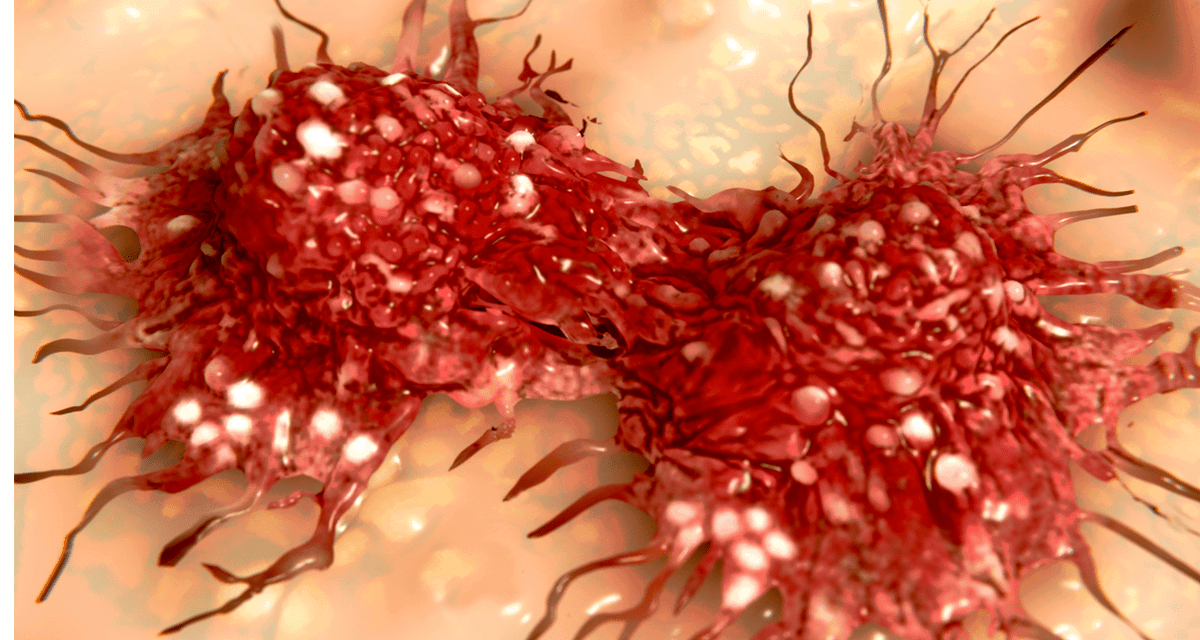Scientists have discovered how damage to the cell’s genetic material can trigger inflammation, setting in motion processes to remove damaged cells and keep tissues healthy.
The findings shed new light on how potentially cancerous cells are flagged, so that they can be removed as part of the body’s natural surveillance systems before tumours form.
A key molecule called cGAS is known to bind DNA, triggering inflammation. Until now, it was not clear how this happens as DNA is usually physically separated from the rest of the cell inside a compartment called the nucleus.
When damage occurs, fragments of DNA can get separated from the nucleus and form structures called micronuclei.
Related Articles
- Smart Knife Detects Cancer Cells During Tumor Surgery
- Breast-Conserving Surgery for Invasive Breast Cancer
- Common Human Virus Can Promote Breast Cancer Development
- Chimeric RNAs in cancer and normal physiology
Researchers at the MRC Human Genetics Unit at the University of Edinburgh discovered that cGAS can penetrate these micronuclei and bind to DNA, initiating mechanisms that lead to inflammation.
As DNA damage is often one of the early steps in the development of cancer, the detection of micronuclei by cGAS could therefore be an important early alarm system allowing the human body to detect and remove potentially cancerous cells.


